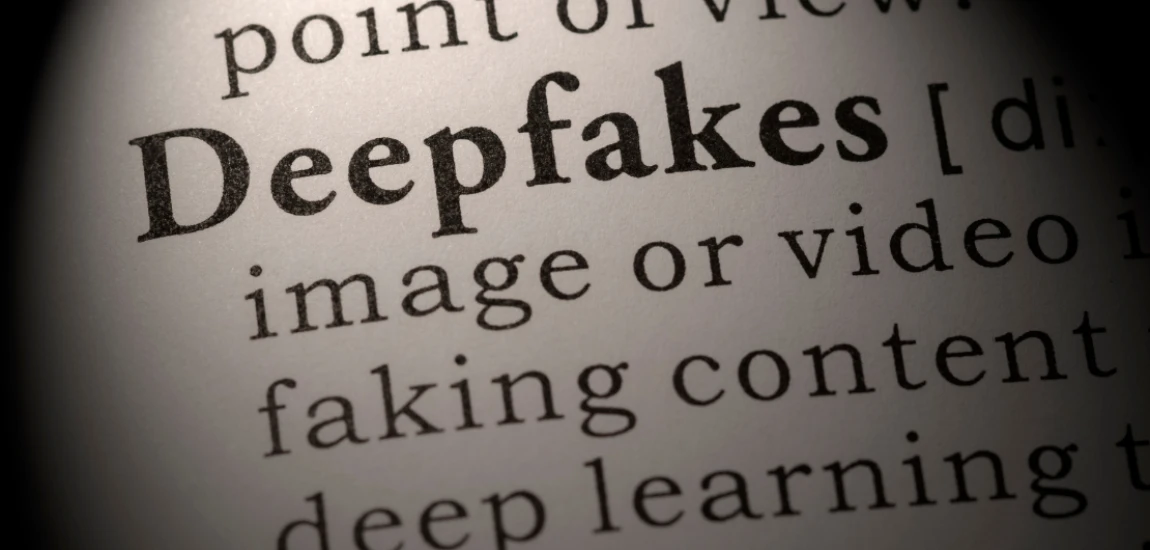AI, Deepfakes, and the Death of “Truth” in Media

The digital age promised unlimited access to information. Yet, paradoxically, it has also unleashed an era where truth feels increasingly fragile. Artificial intelligence, particularly deepfake technology, has blurred the boundaries between fact and fabrication. Videos, audio clips, and even photographs can now be manipulated with such precision that the average viewer struggles to tell real from fake. This shift raises urgent questions about the role of media in society and whether “truth” as we once knew it can survive.
Let’s dive deep into the rise of AI-driven fakery, its impact on culture, politics, and personal identity, and how we can navigate this uncertain future.
The Rise of Deepfake Technology

Deepfake technology, powered by AI and machine learning, has transformed how media can be created and consumed.
How Deepfakes Work
Deepfakes use generative adversarial networks (GANs) to swap faces, mimic voices, or even generate entirely synthetic personas. This process allows creators to fabricate hyper-realistic media that convincingly imitates reality.
Accessibility of Tools
What was once a niche tool for researchers is now widely accessible. Open-source software and user-friendly apps have democratized deepfake creation, making it possible for almost anyone to fabricate media.
From Novelty to Serious Threat
Initially seen as amusing novelties or parlor tricks, deepfakes quickly evolved into tools with profound consequences—political disinformation, financial scams, and even personal harassment.
The Crisis of Trust in Media

At the heart of the deepfake conversation is a crisis of trust.
Fake News on Steroids
Misinformation isn’t new, but AI deepfakes amplify it. Unlike poorly edited hoaxes of the past, AI-generated content looks authentic, making it harder for audiences to fact-check.
The Erosion of Credibility
News organizations, influencers, and even eyewitness videos face skepticism. If everything can be faked, what can be trusted? This skepticism undermines journalism and public accountability.
The Psychological Toll
Constant exposure to manipulated media fosters cynicism. People may disengage from news entirely, assuming “everything is fake.” This erosion of belief is as dangerous as the lies themselves.
Deepfakes in Politics and Democracy

Few areas are more vulnerable to deepfakes than politics.
Election Interference
Fake videos of politicians saying or doing things they never did could swing elections. Even if disproven, the damage is often irreversible once shared widely.
Weaponization of Disinformation
Authoritarian regimes and political groups may weaponize deepfakes to discredit opponents or suppress dissent. A single convincing clip could destabilize trust in democratic institutions.
The “Liar’s Dividend”
Ironically, the rise of deepfakes provides cover for real misconduct. Leaders can now dismiss authentic recordings as “fake,” further undermining accountability.
Entertainment, Satire, and Ethical Boundaries

Not all deepfakes are malicious; some are used creatively.
Comedy and Parody
Satirical creators use deepfakes for humor, impersonating celebrities or politicians in obviously exaggerated ways. While entertaining, this also normalizes fake media.
Cinema and Storytelling
Hollywood has adopted deepfake technology to de-age actors or resurrect long-dead performers. While impressive, it raises ethical questions about consent and artistic integrity.
When Entertainment Crosses a Line
Even when playful, deepfakes blur moral boundaries. Does parody justify impersonating someone’s likeness without permission? These ethical gray zones complicate the debate.
Deepfakes and Personal Identity

Beyond politics and entertainment, deepfakes directly impact individuals.
Non-Consensual Content
One of the most disturbing uses of deepfakes is creating fake explicit videos of private individuals, disproportionately targeting women. This form of digital assault devastates reputations and mental health.
Voice Cloning Risks
AI voice cloning can mimic someone’s speech with just a few samples. Scammers use this to trick people into financial fraud or impersonate loved ones.
Identity Theft in the Digital Age
Deepfakes expand the scope of identity theft. It’s no longer just about stolen data but stolen faces, voices, and reputations.




